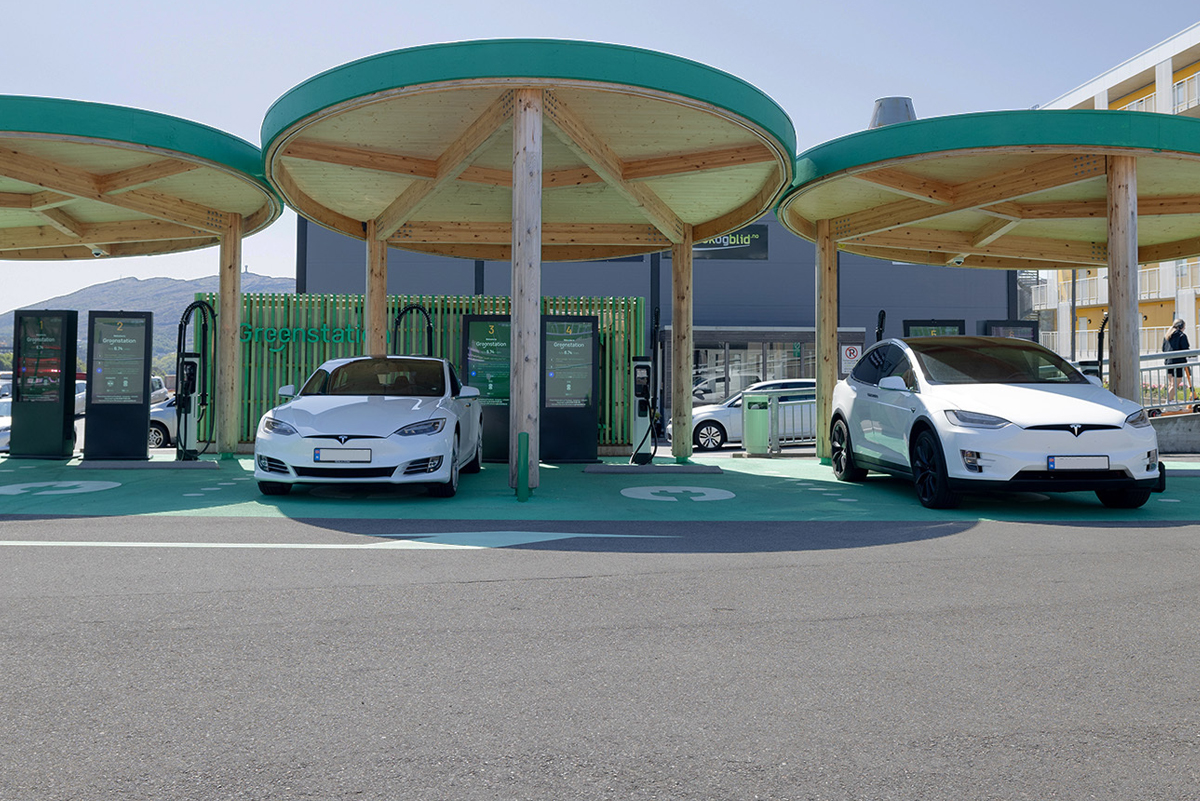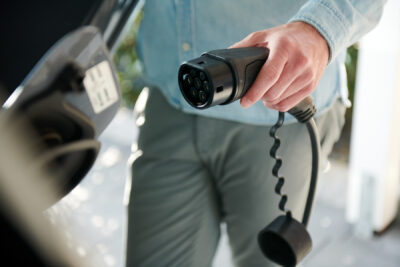
Interview with Christina Bu, Secretary General of the Norwegian EV Association
Most people regularly following e-mobility development will have heard of Christina Bu. The Secretary-General and CEO of Norway’s electric vehicle association has seen the country becoming a prime example for the transport transition. The EV share is nearing complete market take-over with every month passing, at least in the passenger car segment. With over 85.000 members in Norway, Norsk elbilforening, as the association is known locally, is the world’s largest EV driver association, so we catch up on best practices and challenges that still lay ahead.
***
You have been Secretary General of the Norwegian EV Association ‘Norsk elbilforening’ since 2014. With an EV penetration rate unrivalled anywhere else, one would say your organisation has helped achieve much in Norway. Still, how do you see the development? Is there something you would have approached differently, given what you know today?
The Norwegian EV Association has developed together with the fast EV transition in Norway. In 2014, we had about 10,000 members, and only six people were working here. We had to work politically and grow the organization at the same time. Of course, there is a lot we could have done better, such as better understanding the forces working against EVs for example. However, I think we achieved the most important things we set out to do, and mistakes can always be redone.
So far this year, the EV penetration rate is above 90 per cent, and about a fourth of all passenger cars on the road are now fully electric. We still have a way to go, but we are getting there.
In our last interview in 2017, you mentioned the difficulty of providing charging infrastructure in cities – at the time, you were advocating for a ‘charging right’ for people living in apartment buildings. Has it been successful in Norway?
Yes, it has. The right to charge in apartment buildings has really helped, and most apartment buildings now have this in place. We also see that smart charging systems that share the available power are crucial to this development.
In the UK, we have seen smaller charging stations installed in lamp-posts, for example, which have lower capacities but can be installed at a lower price – do you think this is a better approach than installing HPC infrastructure in cities? What kind of mix of AC and DC infrastructure do you think is good?
We still have some challenges with charging in our bigger cities, especially with charging for those who rely on street parking. We are meeting this challenge with a combination of on-street AC charging and fast-charging hubs, but we still have a way to go. In cities, we also need more DC charging for commercial use, so we need both AC and DC charging. Generally, the preferred charging solution should be charging where you park.
How do you personally charge your vehicle, and do you think this is a solution that could be applied more across the board?
My car is mainly charged with AC charging in my garage at home. I have the car stop charging at 80 per cent apart from when I plan a long trip. In addition, I allow my electricity provider to manage my charging so that it charges when the electricity prices are at the lowest and grid capacity is at the highest. I also use fast charging on long trips, of course, and pay with the Norwegian EV Association’s roaming service. However, I don’t fast charge that much, on average only about once a month.
You also mentioned the need for public funding in kick-starting infrastructure construction. Assuming this phase has passed in Norway, how does the current network operation look? Are there more public or private players involved?
Yes, we are way past the kick-start in Norway as we already have over 8,000 fast chargers; of these, about 20 per cent are 50 kW, and the rest are 150 kW or above. Most of the chargers in Norway have been built without public funding. The companies building and servicing this infrastructure are mostly private, although some are owned by public power companies.
What do you think the next big challenges will be for e-mobility in Norway?
We have come a long way, and I must say that I am less worried about the rollout of charging infrastructure now than I was a few years ago. We have never had as good capacity at the fast chargers as we have now with one out of four passenger cars being electric. The next challenge is the rollout of heavy-duty trucks and high-power chargers, especially for these vehicles. We also need to speed up the development of smarter charging and grid systems – both at home and in public infrastructure.
You just mentioned electric trucks. A few months ago, the state agency Enova announced funding for truck charging stations – has this venture been successful in its design? Notably, the decision to allow only biogas or electric trucks from 2030 came two weeks beforehand.
We suggested and pushed for the 2030 goal and are very happy that the government decided this in December. Last year, 12.3 per cent of all trucks, that’s everything over 3,500 kg, sold were electric – most of these are smaller vehicles but we have started seeing larger electric trucks on the road. We also started testing heavy duty vehicles for the more difficult tasks, like snowplowing in the mountains.
The challenge now is to scale the infrastructure and develop long-term incentives that make electric trucks the natural choice when purchasing new trucks.
Talking about challenges, what do you think could be adopted by other nations who are still following suit?
The most important message for other countries following suit would be to dare to think big enough. This will happen, and we need to plan for it, both when it comes to infrastructure and when it comes to a general adjustment to a new mobility reality.
Finally, what are your personal highlights for this year’s Nordic EV Summit?
I believe this year’s Nordic EV Summit will be the best ever. Not just because of the programme and all the extra events and opportunities to connect. I especially look forward to the networking dinner at the iconic Oslo Opera House.
There is also an extended panel programme. Which one would you say is worth visiting or stands out?
The programme consists of speakers from 18 countries talking about the global vehicle industry, the development of charging infrastructure and the hunt for sustainable minerals and batteries. If I had to pick a personal highlight it would be the panel discussion: “European, Asian, and American car industry – driving in different directions?” Sigrid de Vries from ACEA, Julia Poliscanova from Transport & Environment, Guillaume Pelletreau from Nissan AMIEO and Erik Sever Erik Severinson from Volvo Cars will discuss this topic.
We would like to thank you, Christina Bu, and the Norwegian EV Association for your time and valuable insights.
—
This interview took place ahead of this year’s Nordic EV Summit, which will bring together over 1,500 delegates from over 40 countries and count more than 40 speakers. Aside from industry insiders, the speakers hail from diverse backgrounds, including non-profit organisations as well as the public and private sectors. The conference will occur from the 4th to the 5th of April 2024 in Lillestrøm, northeast of Oslo. You can still secure your spot.





0 Comments